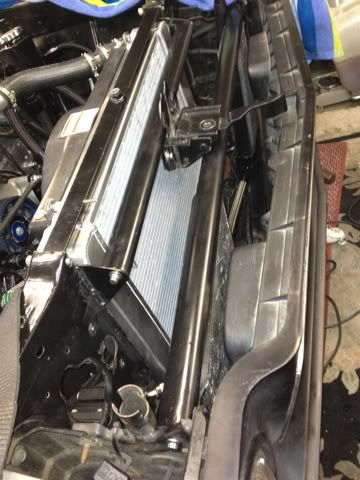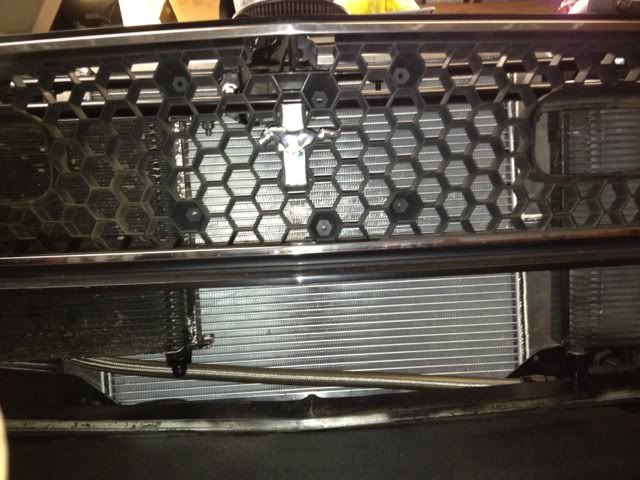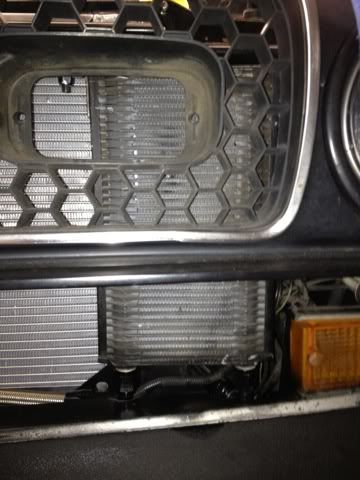Originally posted by Dignlif
View Post
This is the trans cooler in its new location.

I have a similar smaller cooler for oil. Also in its new location. Both will be ducted mostly behind the headlamp buckets in to wheel wells. There is a partital overlap of the transcooler with the radiator but it is five inches in front and offset.

This is the airflow view form the front.


Leave a comment: